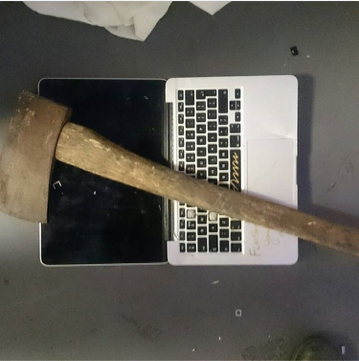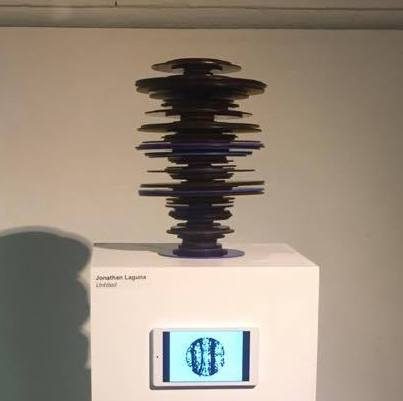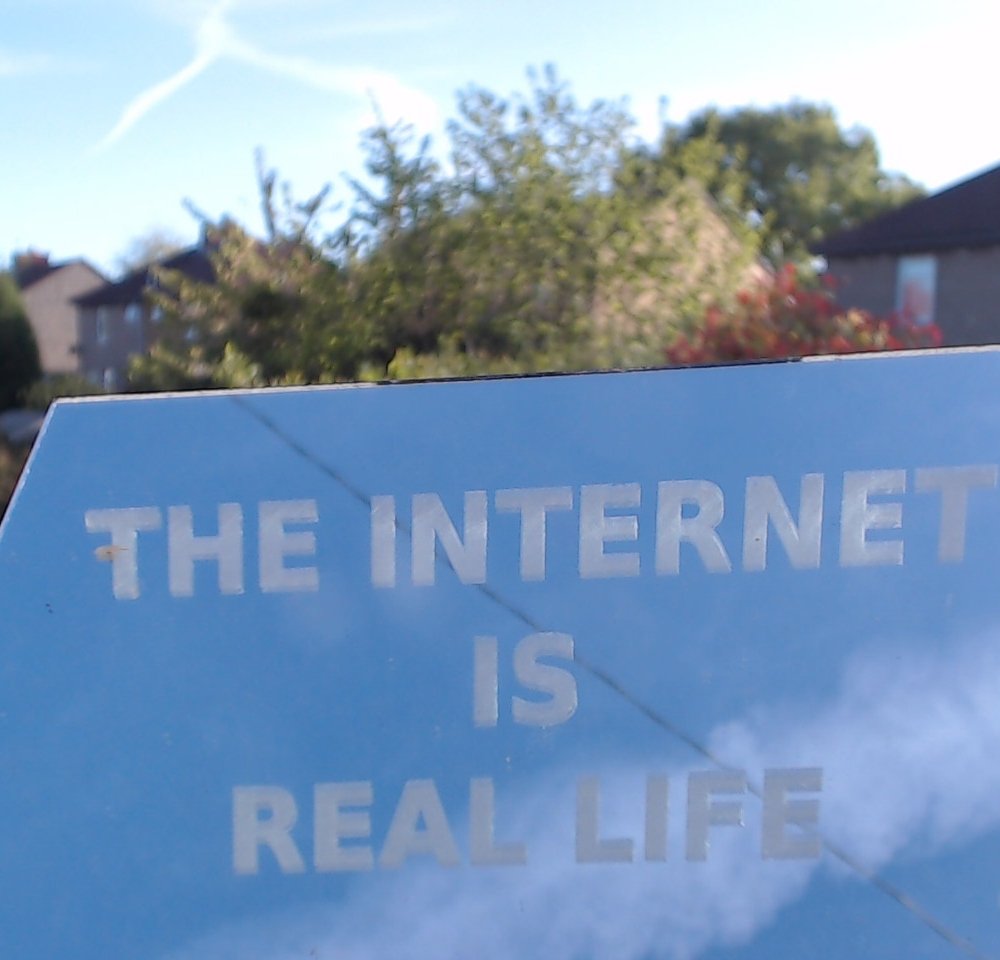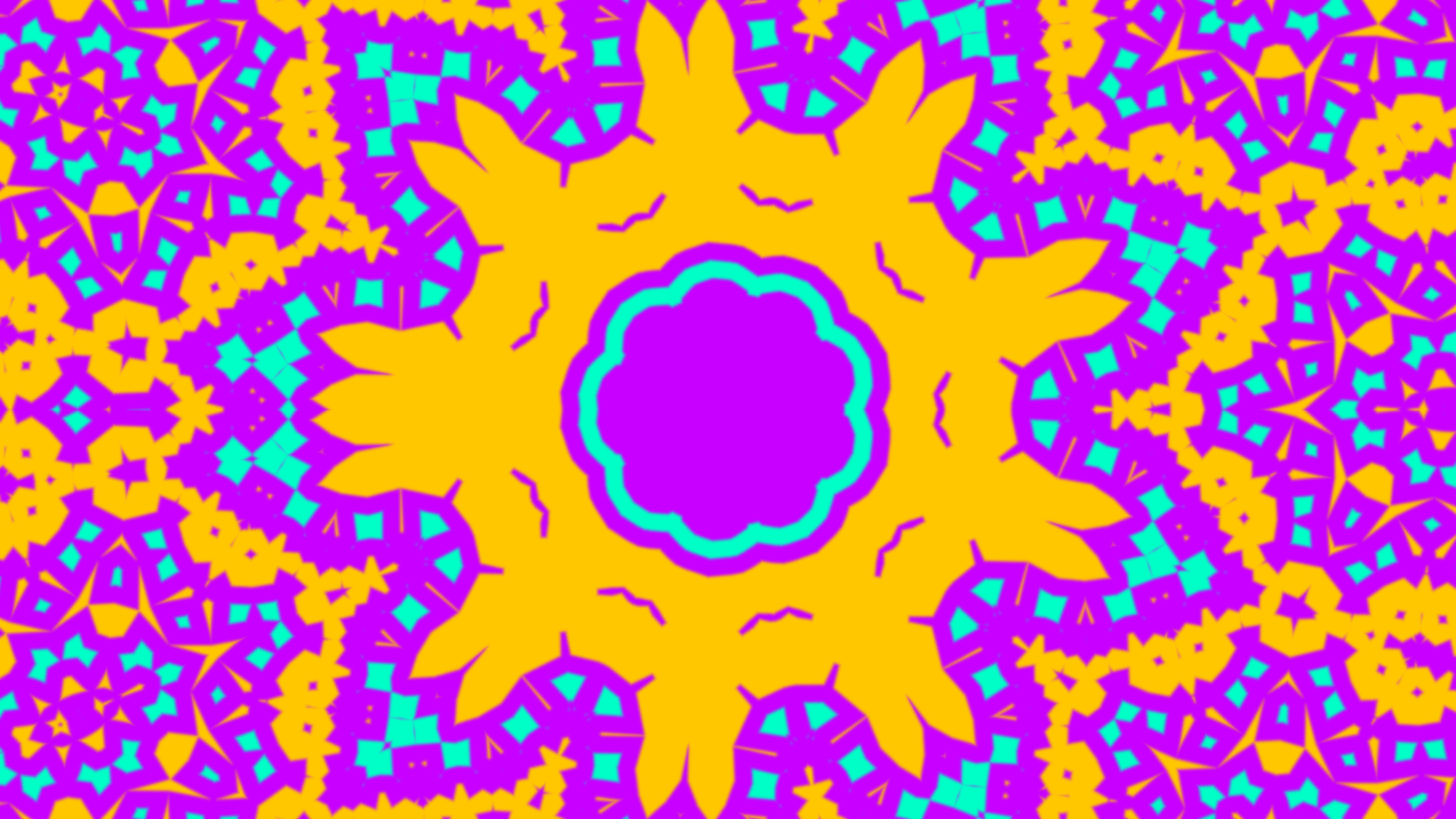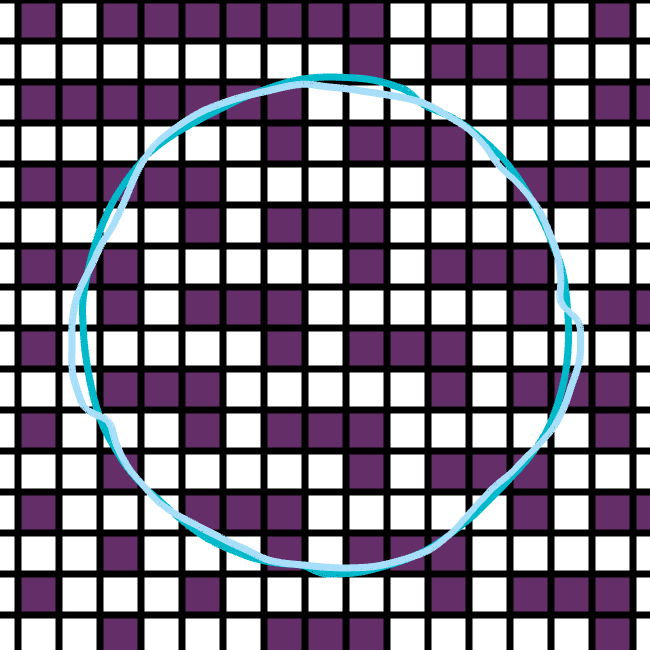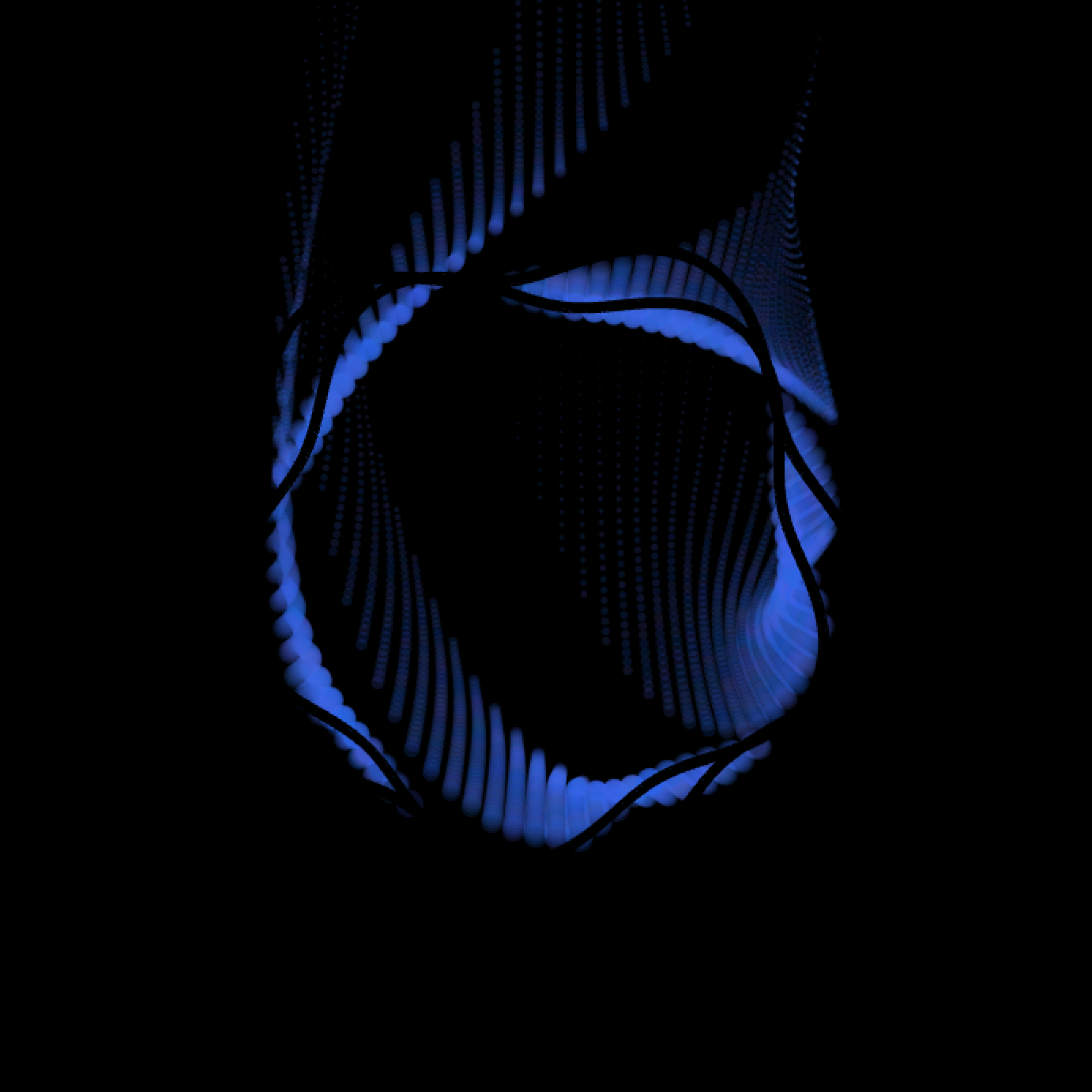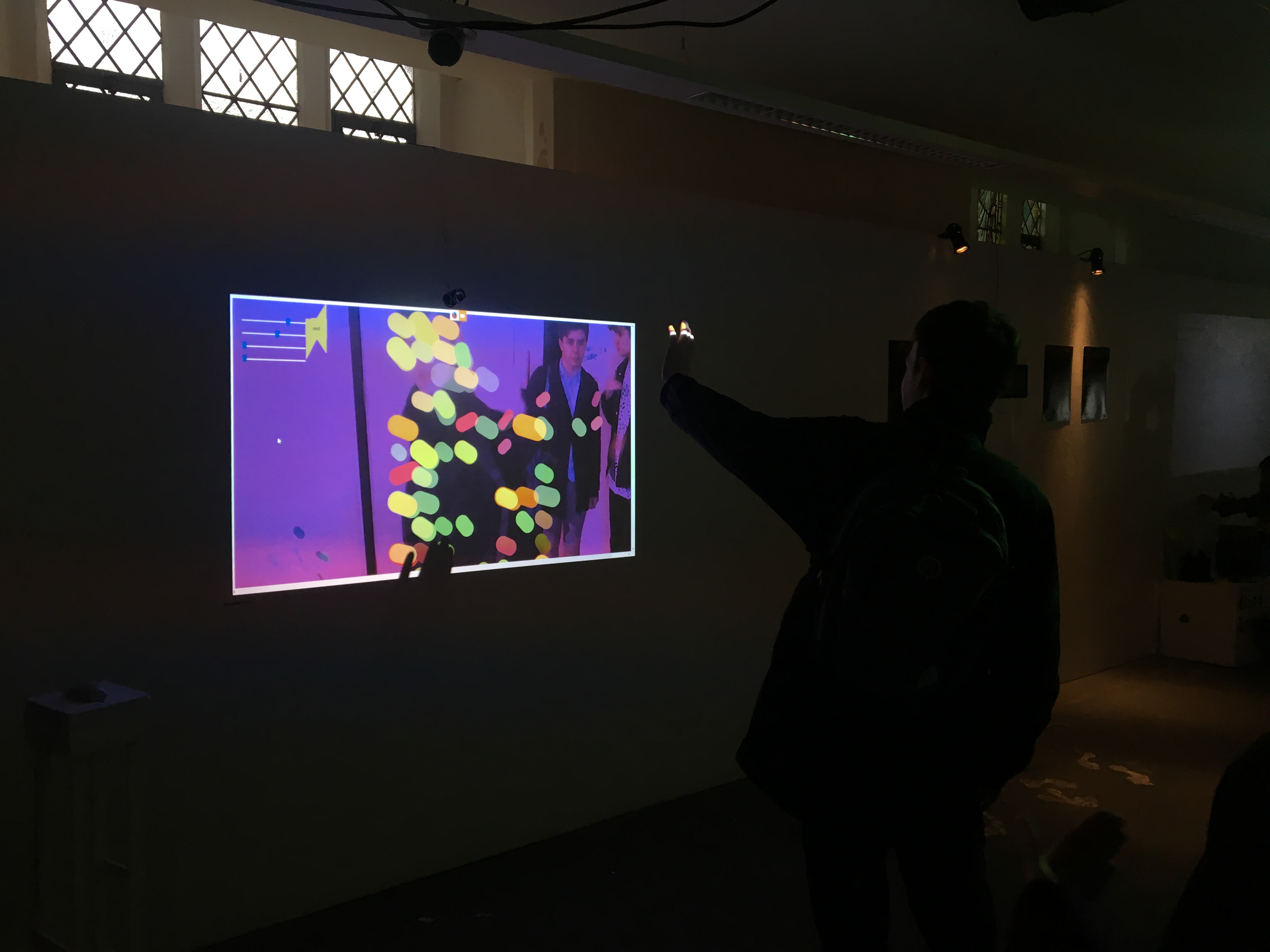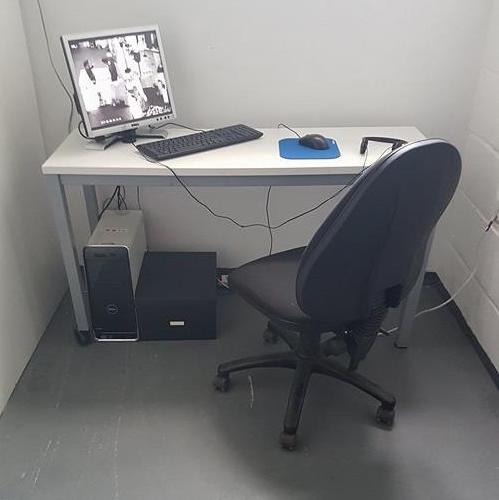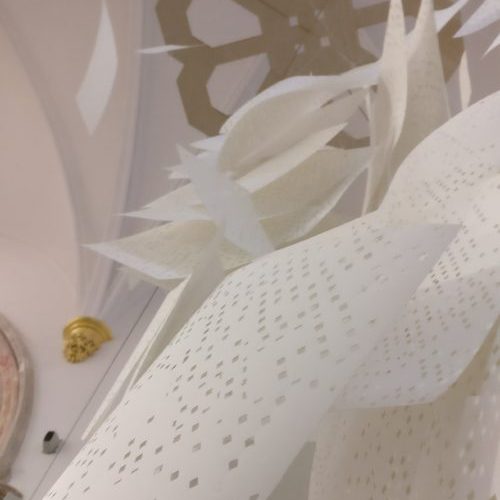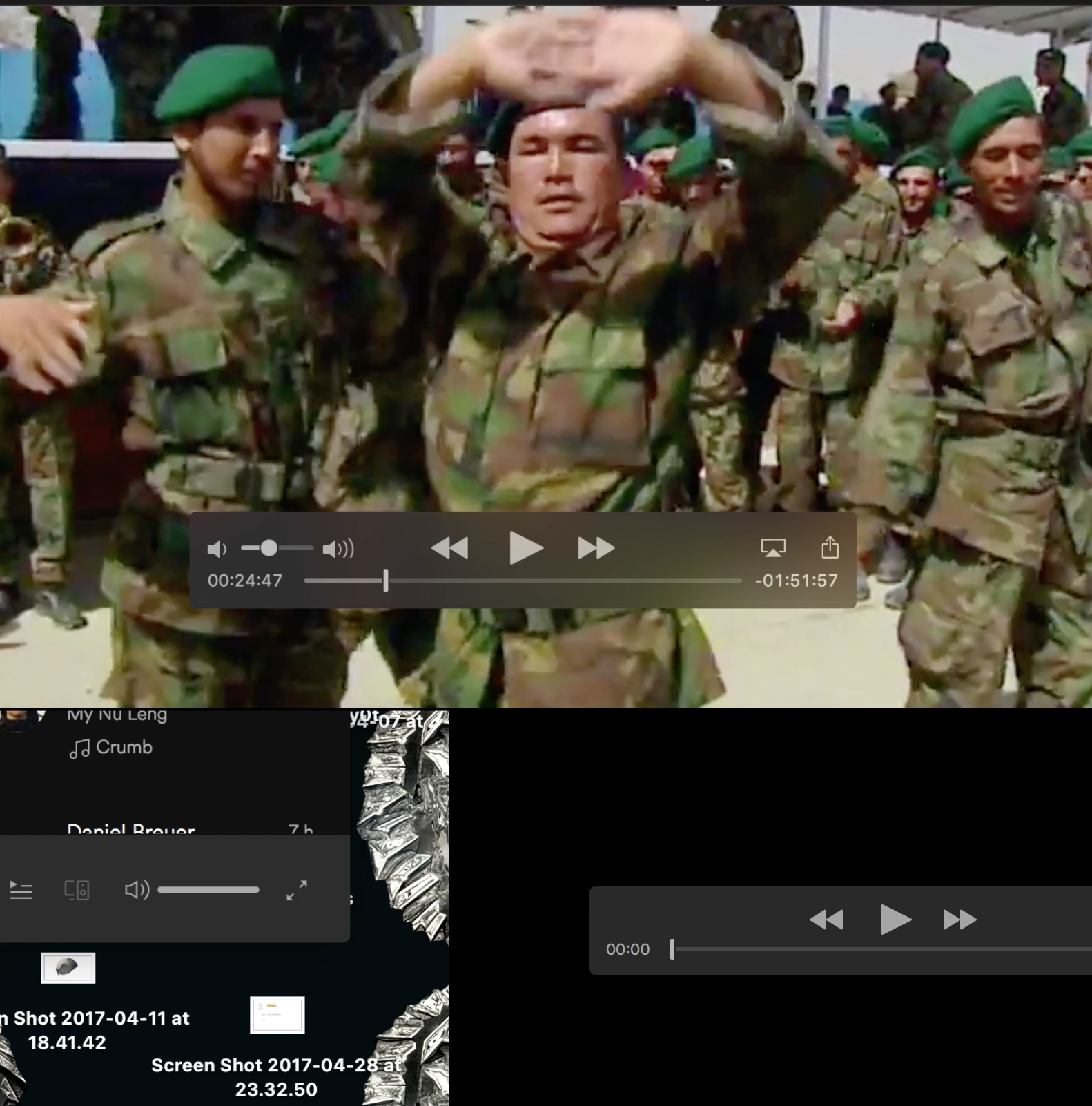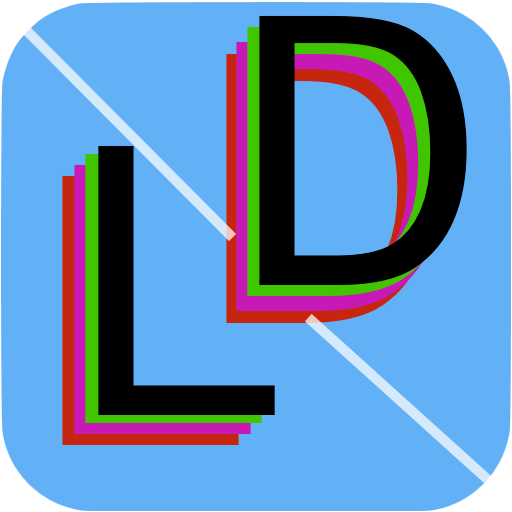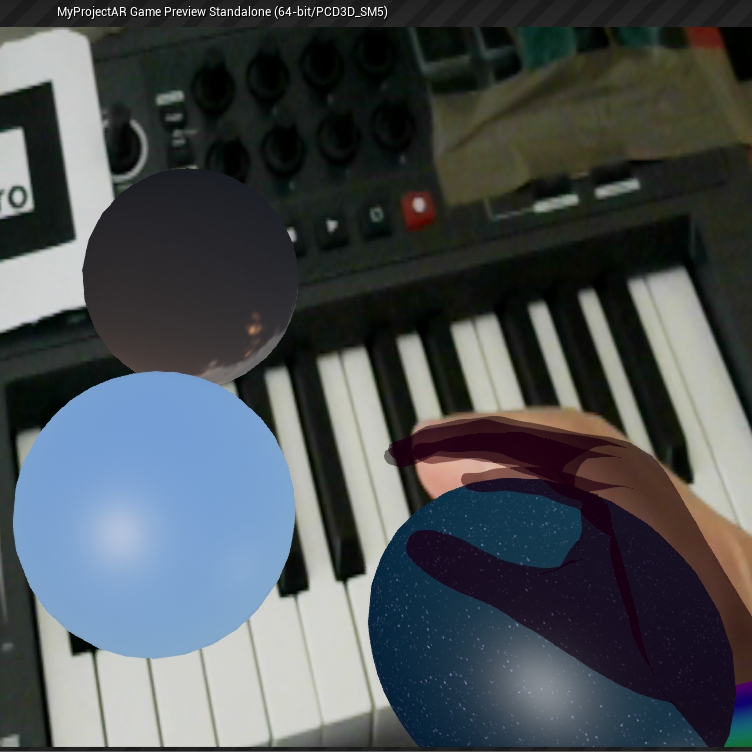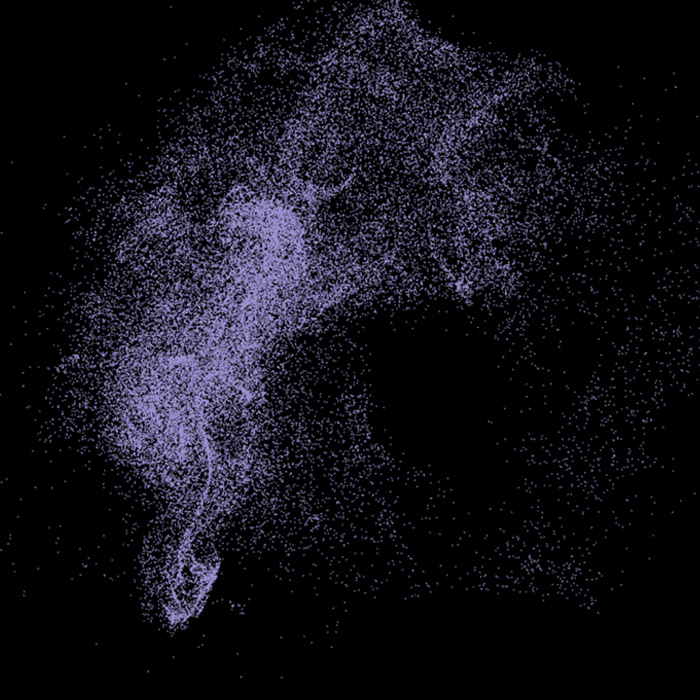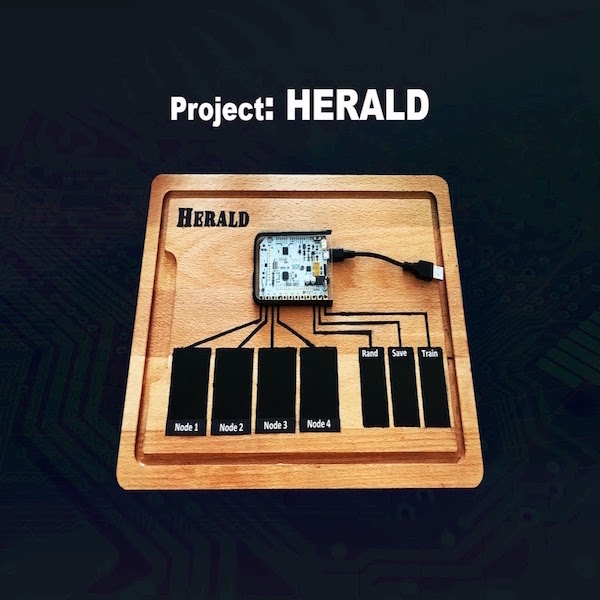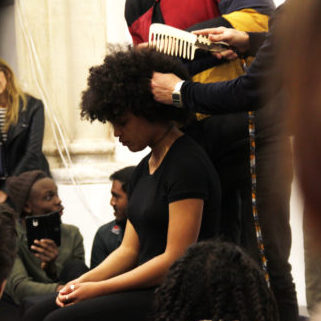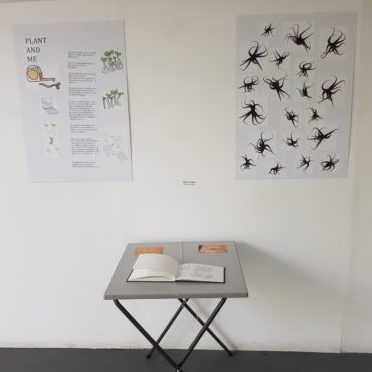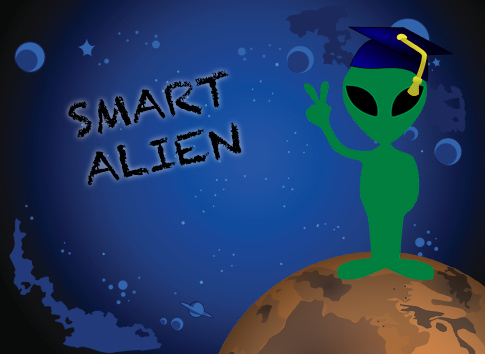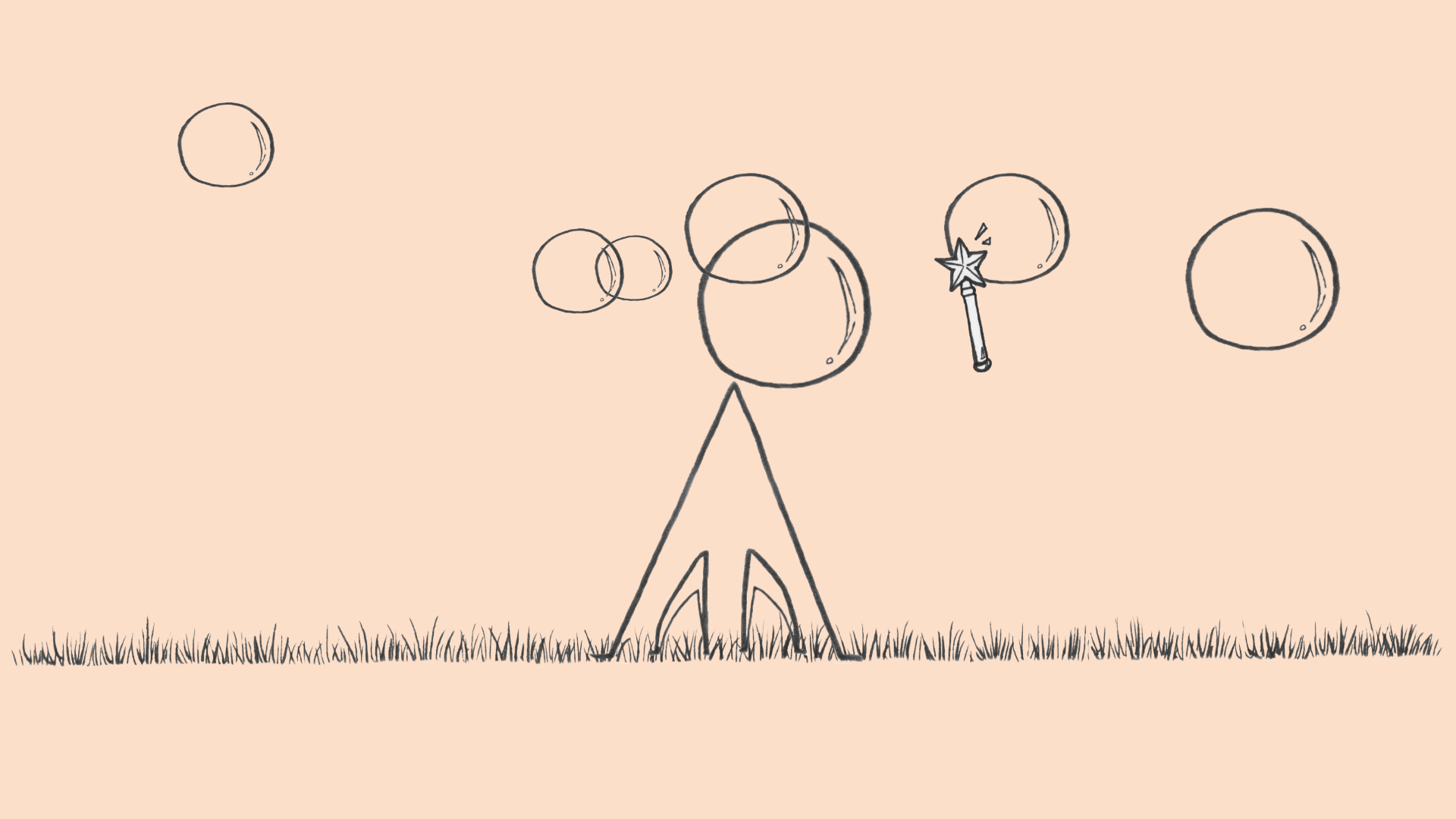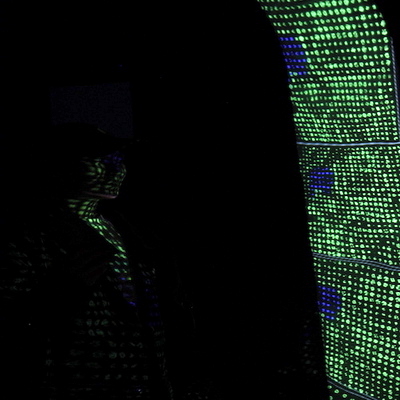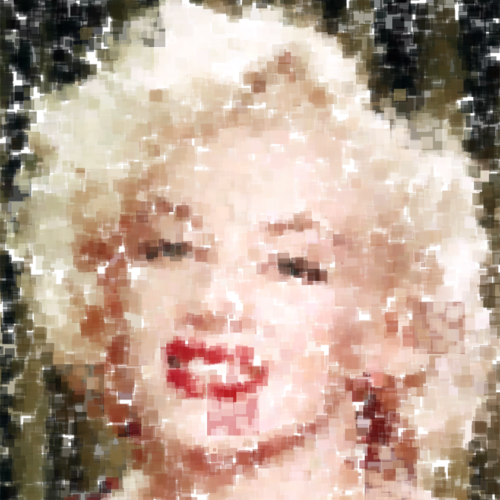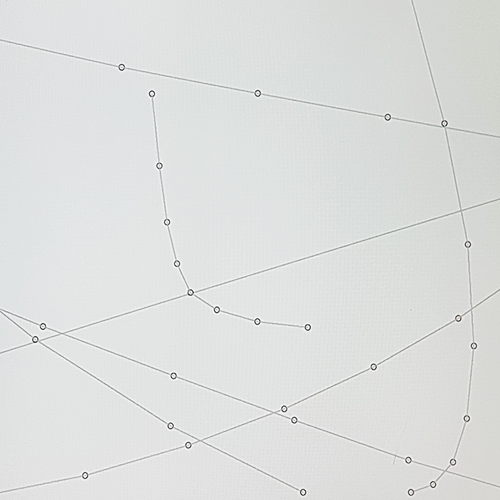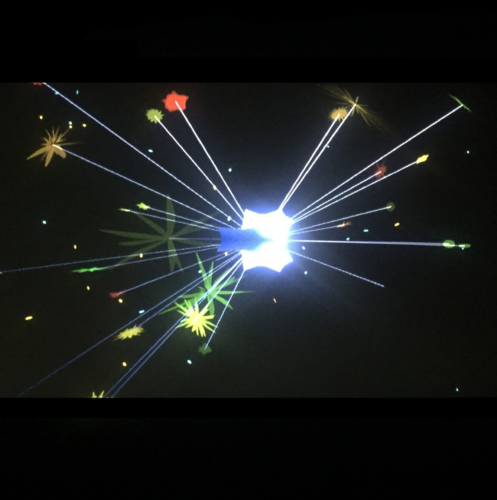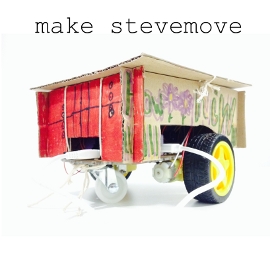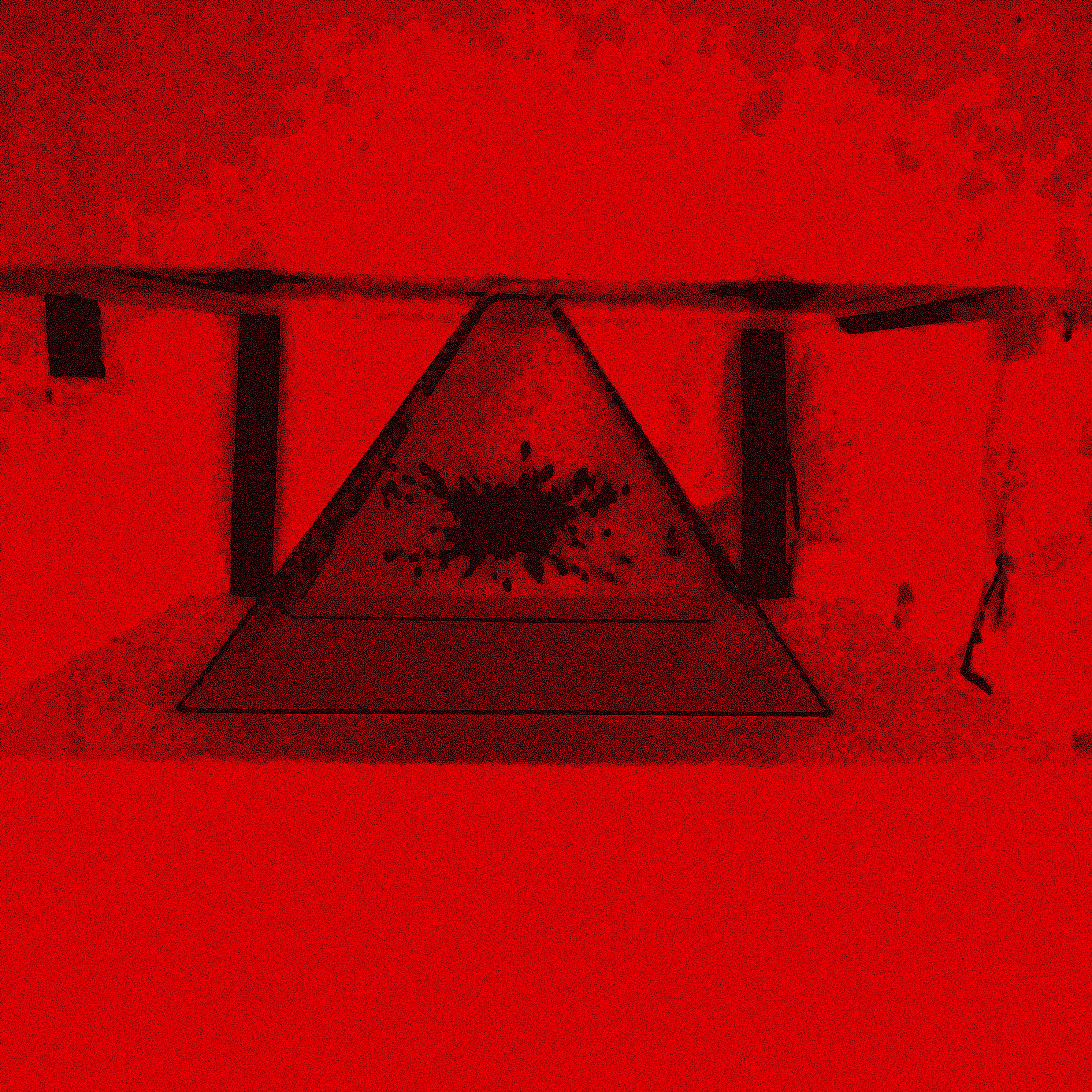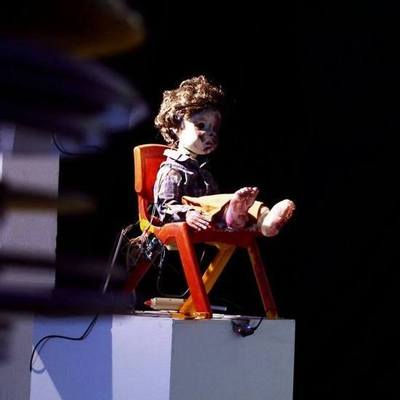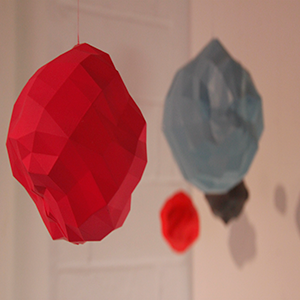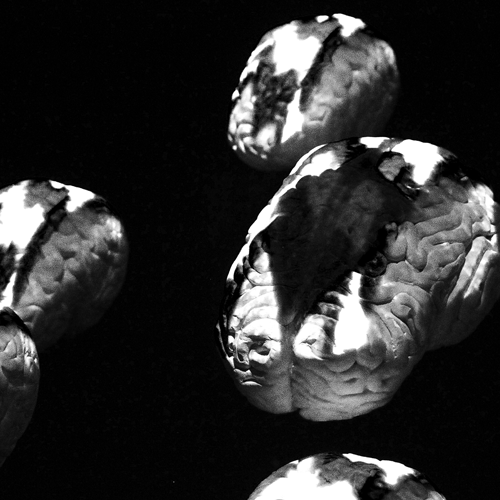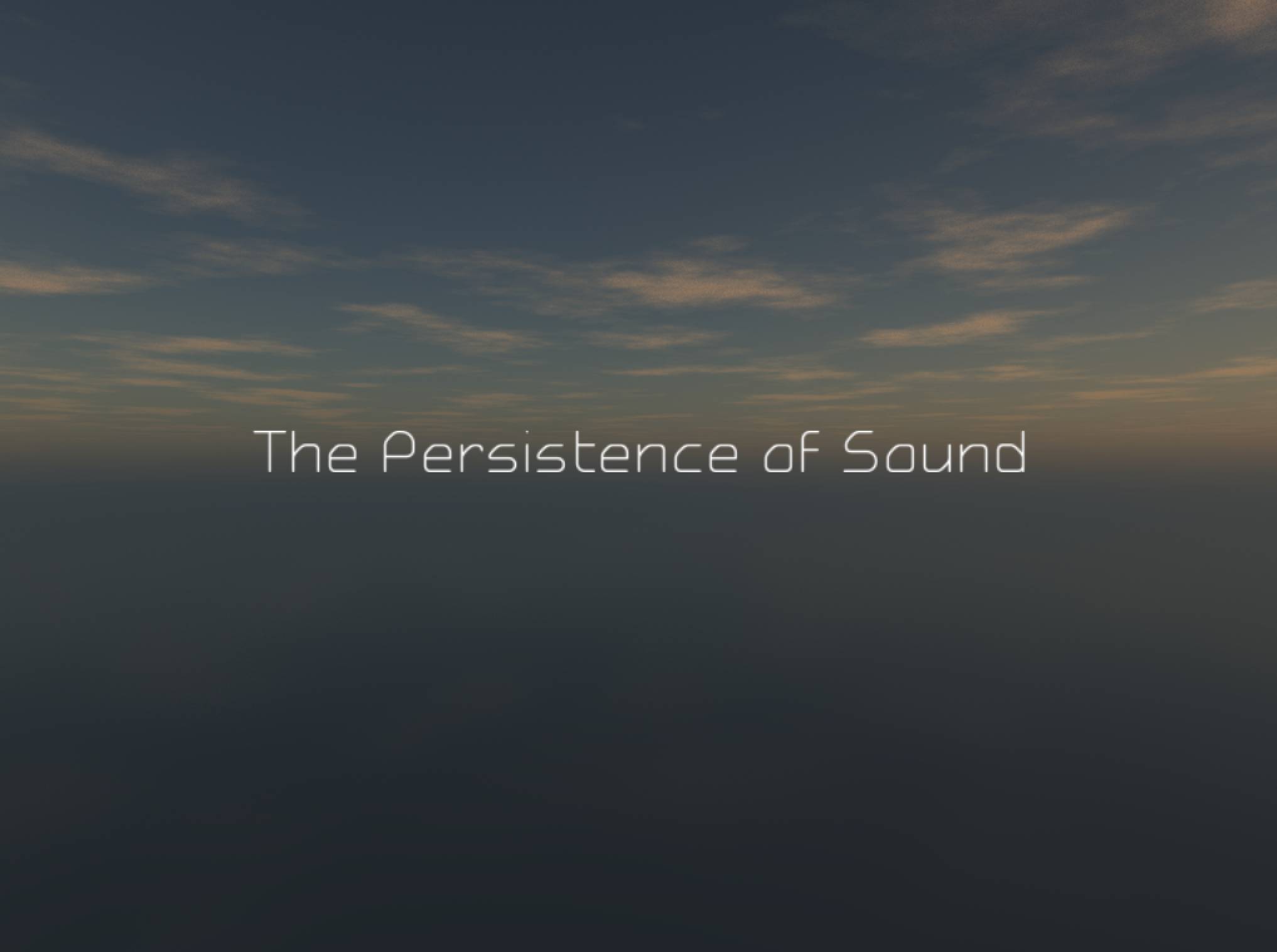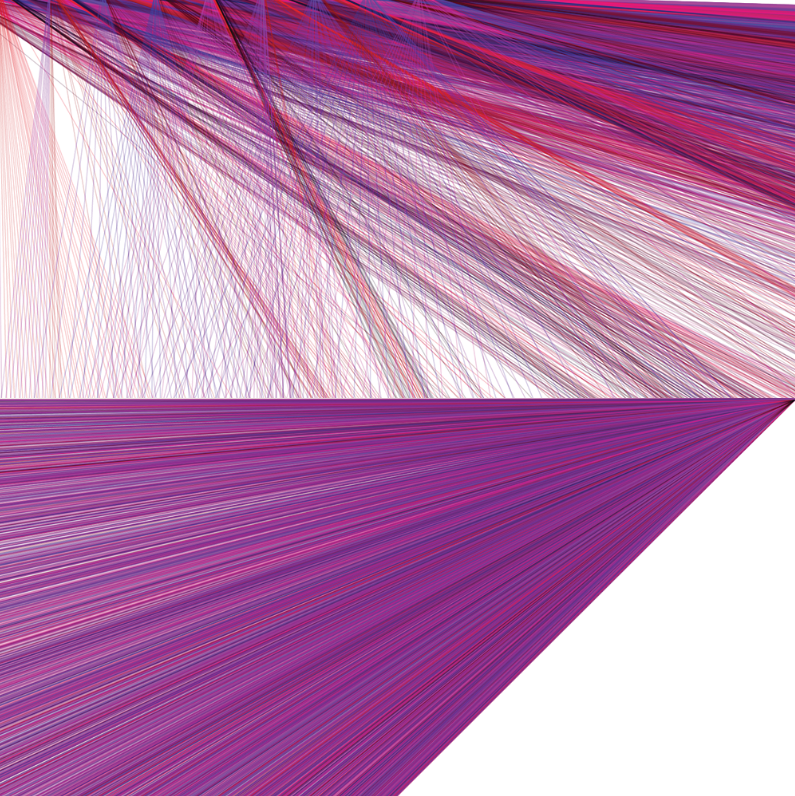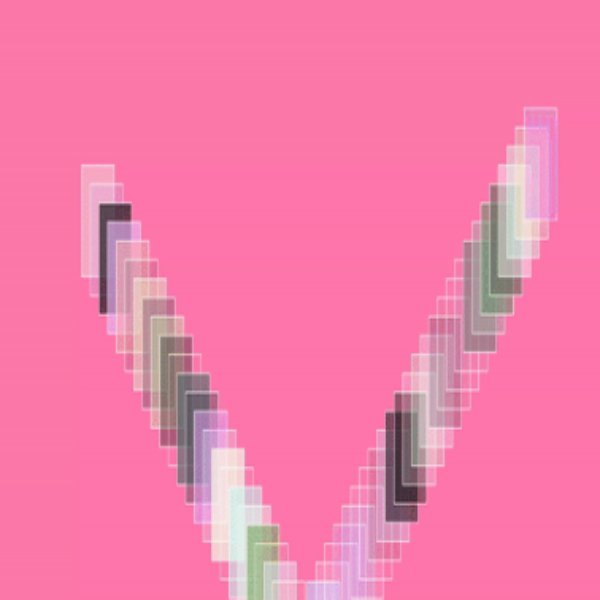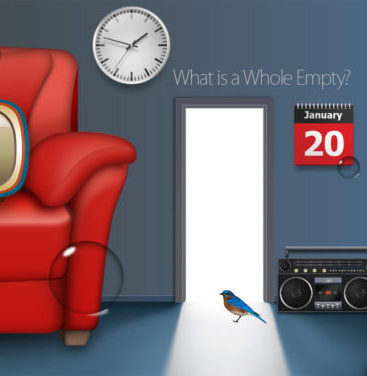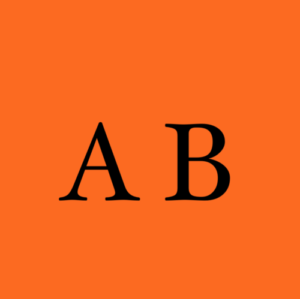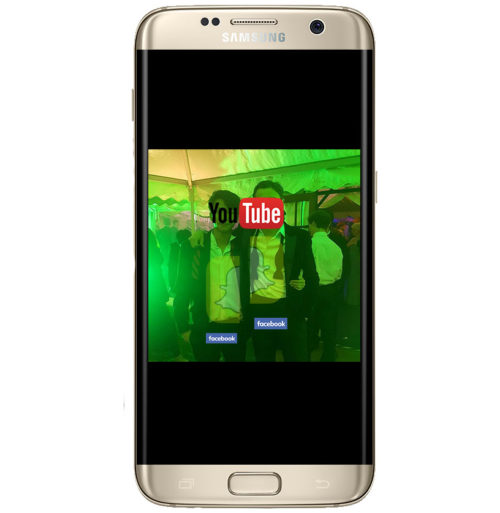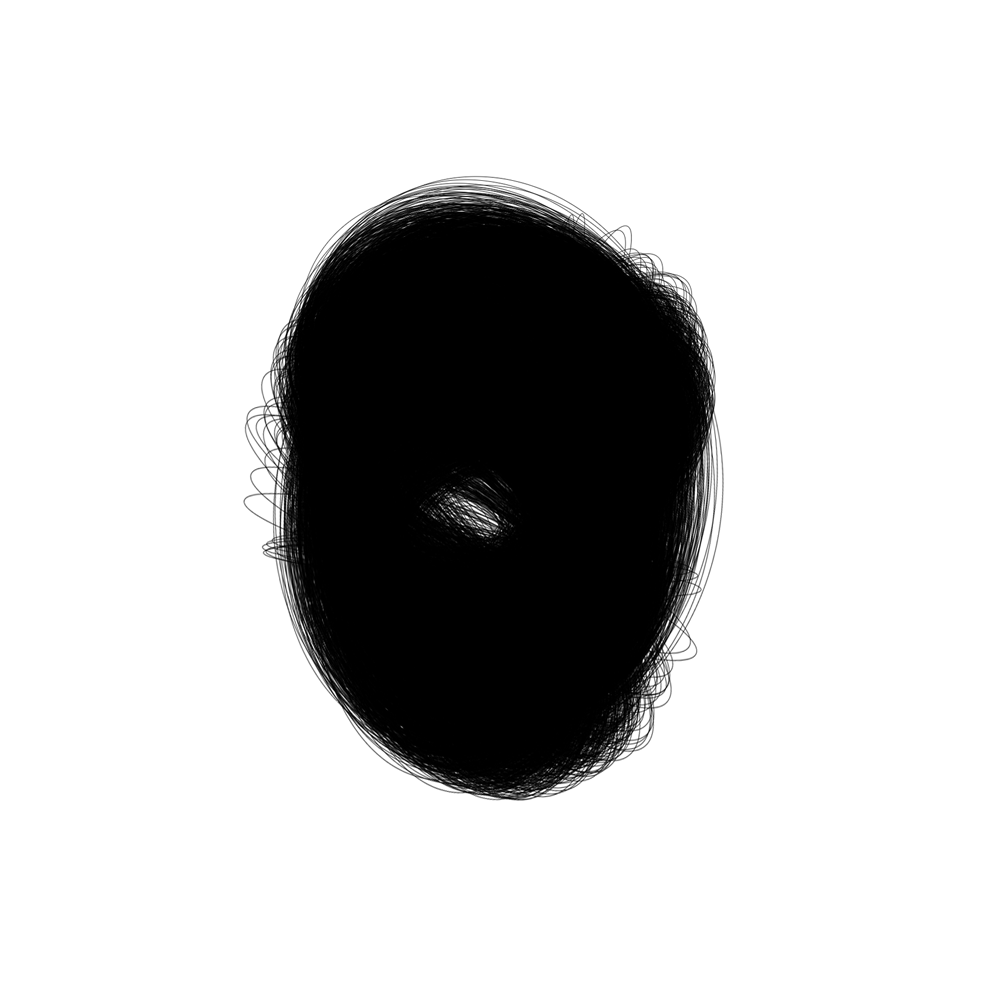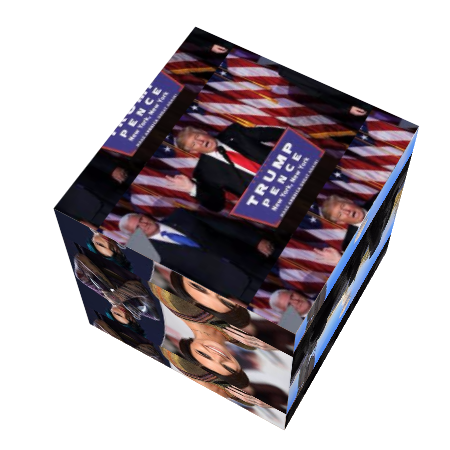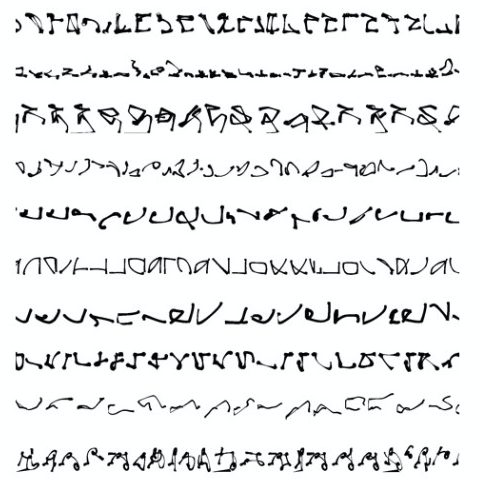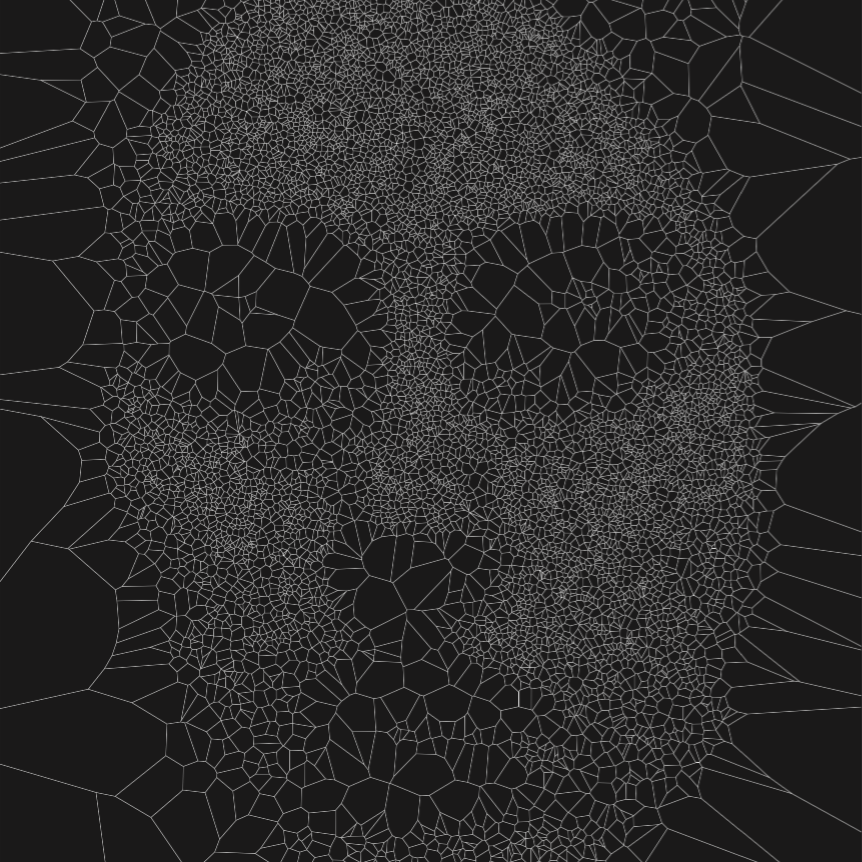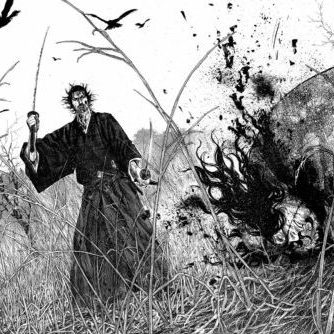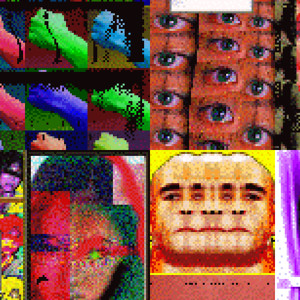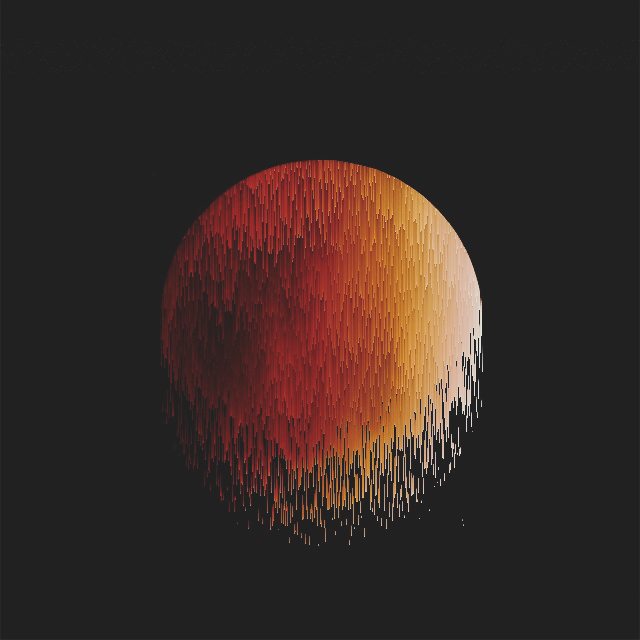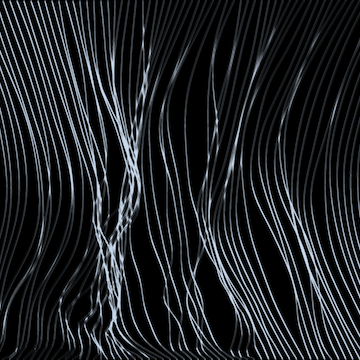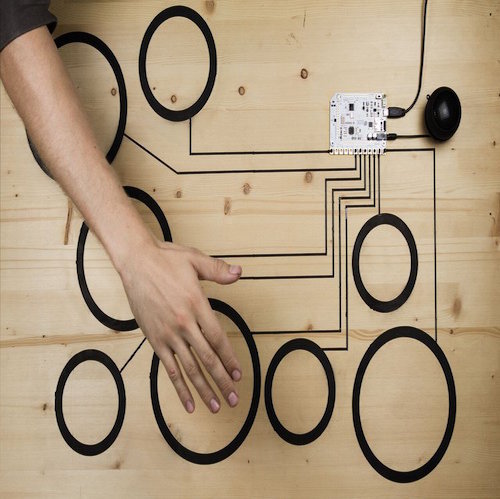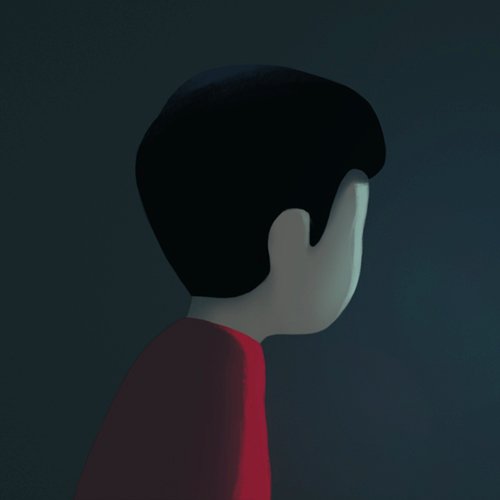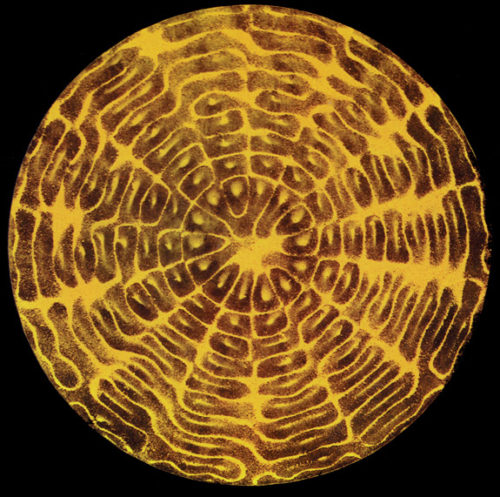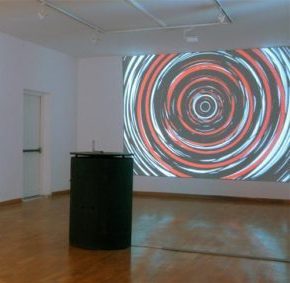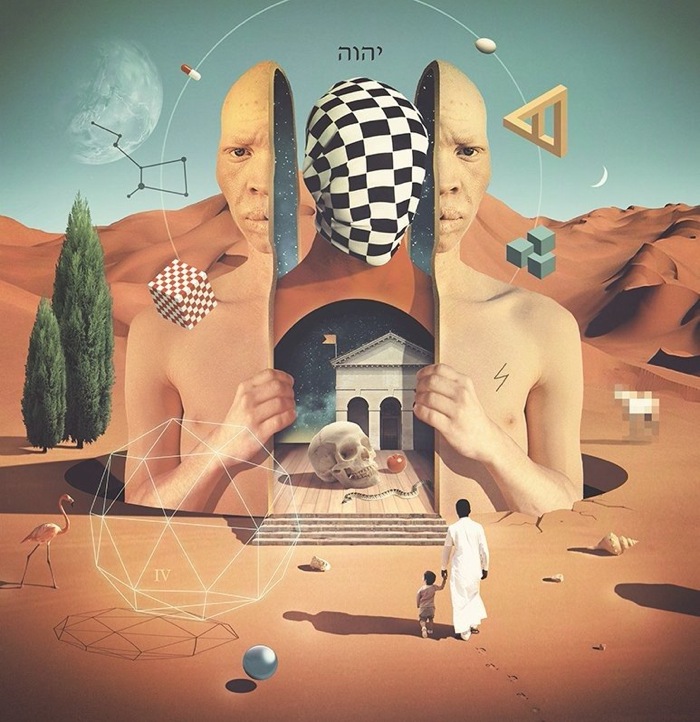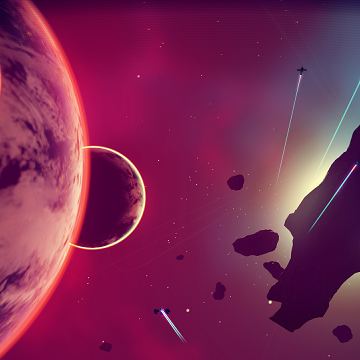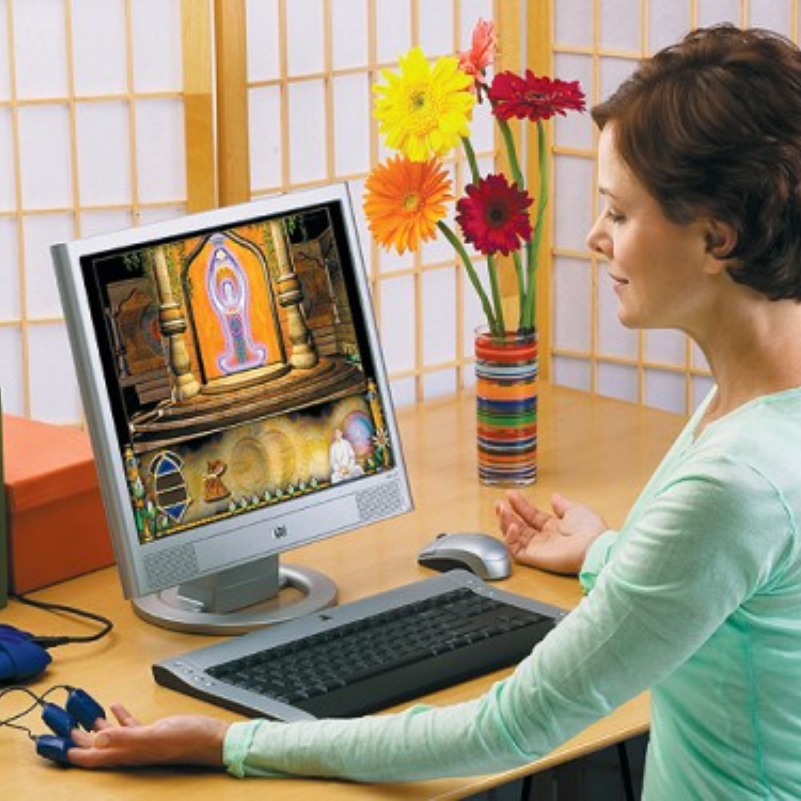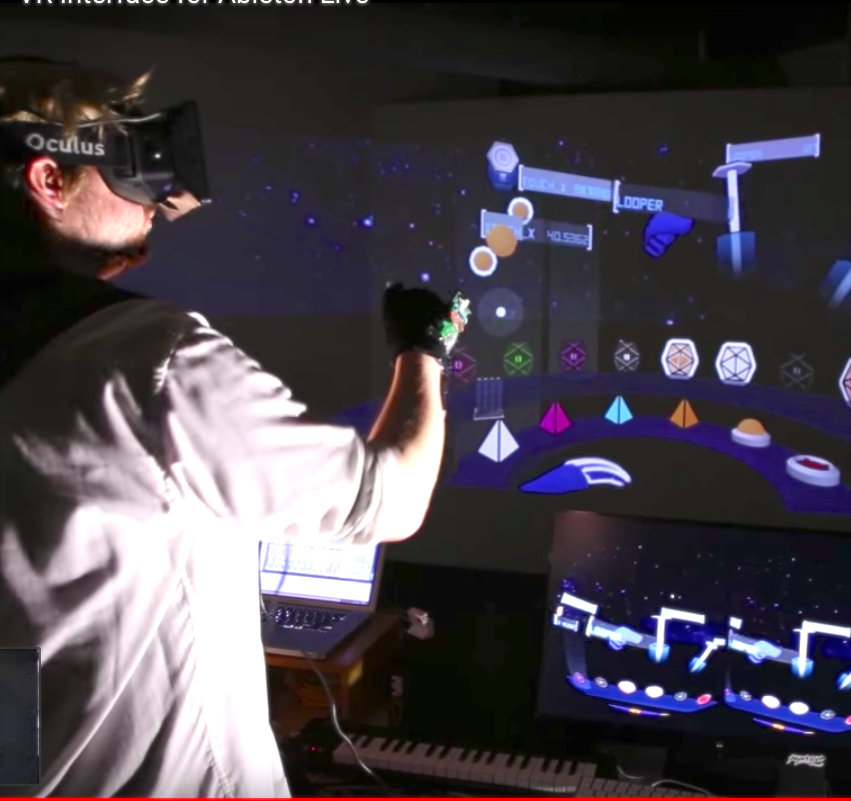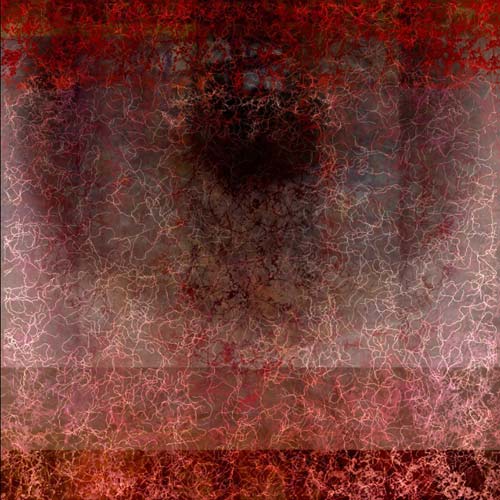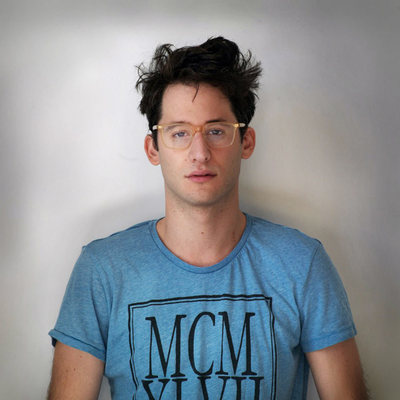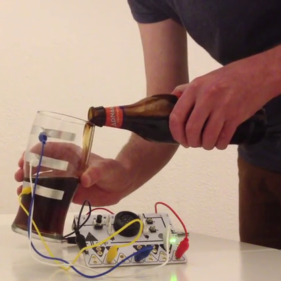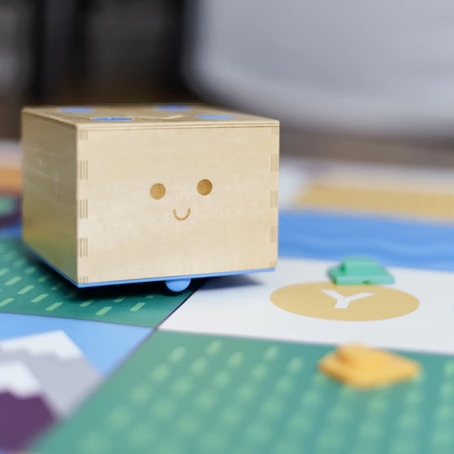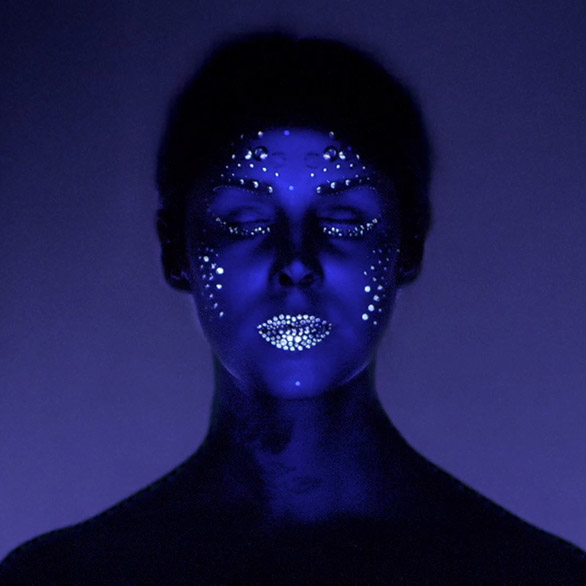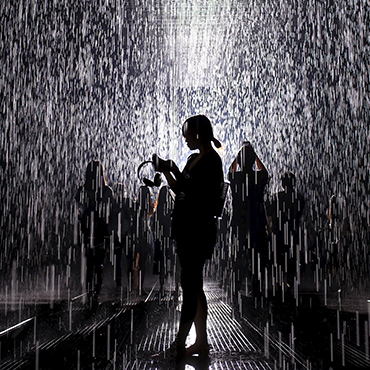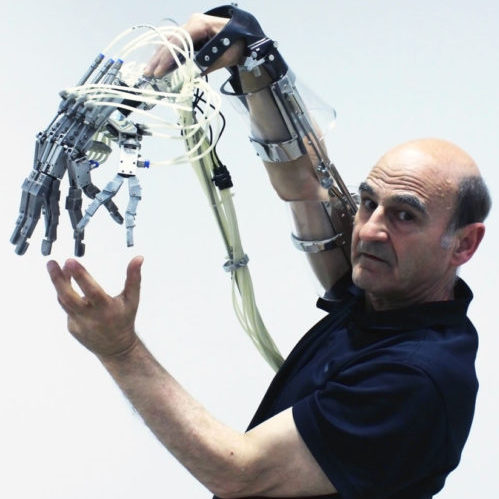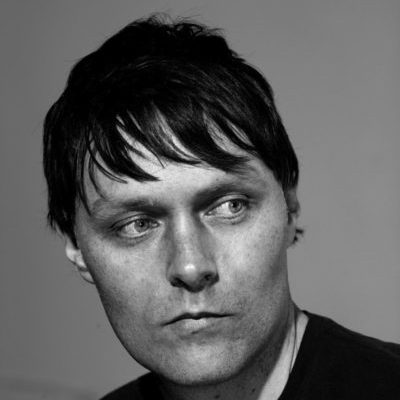Language, Meaning and Machines
by: Alex Gibson
Introduction
My creative research was aimed around gaining a better understanding of how language and different writing systems can be used in conjunction with computers to present new ideas about our visual communication, and how meaning is perceived in symbols and characters. We humans are always looking for patterns in things we see, often automatically, to find something that is familiar or recognizable when encountering the new and unknown, based off what we have seen in the past or assume to see in the future. Sometimes we see patterns that don’t really exist, which describes the term Apophenia. This is something that can be played with and exploited. Many projects have done this to great use, as I will illustrate below. I also wanted to explore works that were on the edges of language, where exciting things start to happen on the fringes, which test ideas of legibility, familiarity and order to investigate where the cusp of meaning lies. Additionally, I aimed to learn more about general design and typography principles during my research, as these are areas that interest me. I’m especially keen on investigating generative approaches in these areas.
The Writer
To gain some background understanding of the history of machines and when they first gained the ability to write I came across The Writer, an amazingly complex automata built in the 1770s by Swiss watchmaker Pierre Jaquet-Droz and his family. It's capable of writing any custom message up to 40 characters spread over 4 lines and is considered to be one of the remote ancestors of modern computers. It could be programmed by changing the letters on the large wheel at the bottom so it wrote something new, but this wasn’t done very often. Whether it was made to deceive or simply mimic is uncertain but it challenges what it is to be human by writing almost exactly like one, albeit with the help of the paper moving after each letter. Even now I think people would be tricked into thinking a 250 year-old machine isn’t capable of writing so eloquently when they are shown what it produces. This idea interests me, when it becomes uncertain whether something has been made by a human or machine, and the meanings then attached to those products as a result of that perception.
Asemic Languages
The first modern project that drew my attention is called Asemic Languages. So Kanno and Takahiro Yamaguchi developed it in Japan in 2016, with machine learning programming by Hironori Sakamoto. Asemic is when a word or series of words have no specific semantic content; there have been many generative approaches used to explore this territory in recent years. I like the idea of taking the shapes of the letters and words and making them into something abstract and beautiful, removing all meaning in the process. Additionally, the way it was able to pick up the little nuances of each artist’s writing to communicate something that goes beyond language, as well as through the poetic movements of the plotter. Also the element of deception involved in the project interests me, as people initially assume some meaning in the writings produced, or in relation to the originals.
Alphabet Synthesis Machine
The Alphabet Synthesis Machine, made in 2001 by Golan Levin, Jonathan Feinberg and Cassidy Curtis and is what I came across next. It was an interactive online artwork where users could “create and evolve the possible writing systems of one’s own imaginary civilizations”. The abstract alphabets it produced could be downloaded as TrueType fonts, and were entered into a comprehensive archive of user creations, comprising of over 20,000 typefaces created before 2006, when the artwork was sadly taken offline. The program uses genetic algorithms to populate and evolve a set of glyphs that a user had ultimate control over. The glyphs themselves were virtual trajectories of synthetic hand movements, an idea that appeals to me greatly as so much is communicated in the gesture of writing. The almost infinite possibilities and complexities of this project I found fascinating, as well as the potential available with this type of creative collaboration between user and program, both seeking to complement the other. The artist statement that accompanied the piece stated they wanted to “invoke the unfamiliar writing of another culture”, something I think it captures wonderfully in the typefaces created with it. It would be great to explore the full archive to get lost in the wide array of scripts available but I don't think it exists online anymore. It is very easy for your imagination to wonder when you start to think what aspect of all the varying intricacies of each system is trying to communicate and who or what could potentially be using it in a parallel universe somewhere.
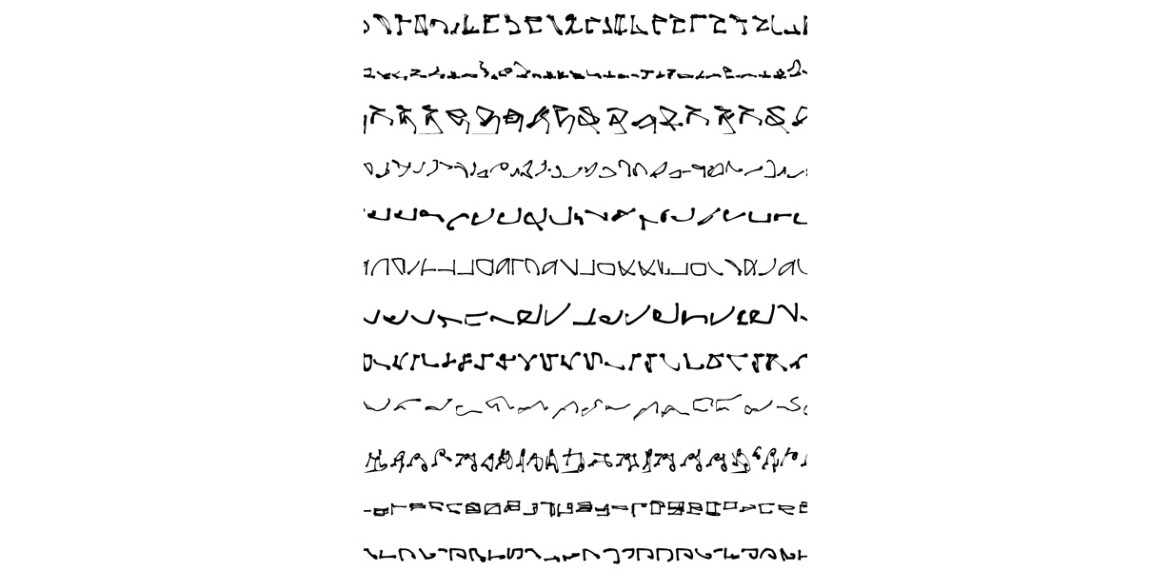

Reverse OCR
Reverse OCR is a bot made by Darius Kazemi in 2014. It grabs random words and draws semi-random lines until OCR (Optical Character Recognition) software recognizes it as a word, then posts the image to a blog, accompanied by the word it thinks it says. It made me aware of the possibilities of using existing widespread technology in different ways, subverting its original use to explore its artistic capabilities. By reducing the words themselves to an abstract collection of lines they are seen and understood differently by both machine and human, and are examined in more detail as more significance is attached to them. Over 3000 words have been posted so far that range from the poignant to quite ironic, all adding their own mark to the project. The fact that the word the software thinks it says is included with each post adds an extra dimension to each post, as usually the lines don’t look anything like the original word and if viewing the image alone, you would have no idea what it was trying to say and could only wonder what the machine thinks it says. Scrolling through them all, trying to decipher a very simple set of lines that humans ascribe meaning to. I think it serves as a helpful reminder of how technology sees us and how it's perception of words and meaning are very different to ours.


Conclusion
Each of these projects demonstrates a different aspect of our understanding of language as a visual tool. It is one that can be utilised to convey a varying amount of meaning in a very deceptive, subversive and abstract way. This is something I hope to convey in my final project.
References
[1] https://en.wikipedia.org/wiki/Pattern_recognition_(psychology)
[2] https://rhizome.org/art/artbase/artwork/alphabet-synthesis-machine/
[3] http://www.flong.com/storage/pdf/reports/alphabet_report.pdf
[4] https://en.wikipedia.org/wiki/Asemic_writing


